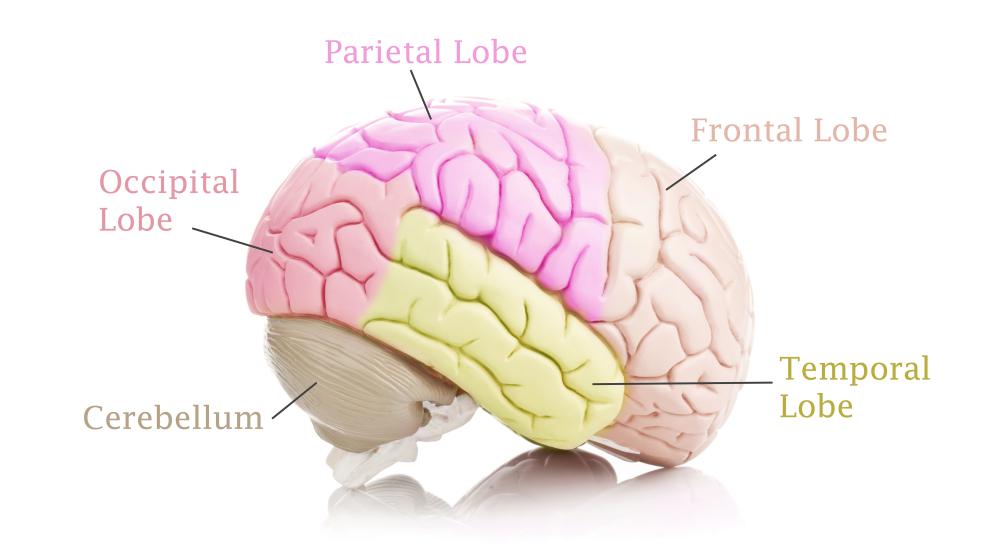At WiseGEEK, we're committed to delivering accurate, trustworthy information. Our expert-authored content is rigorously fact-checked and sourced from credible authorities. Discover how we uphold the highest standards in providing you with reliable knowledge.
What Is a Biological Neural Network?
The human nervous system communicates signals through the body via a complex network of nerve cells, or neurons. Sensory neurons are connected to the skin, other sensory organs, and the internal organs of the body. These neurons send messages to the brain, which sends a return message through motor neurons to instruct the body how to respond to the stimulus. The brain, nerve cells and spinal column are all connected in a biological neural network. Effects on one part of the nervous system will resonate throughout the entire body.
Each neuron that is part of the biological neural network has thousands of possible connections, forming trillions of different neuronal pathways along which information can travel. The typical neuron has anywhere from 1,000 to 10,000 possible pathways to other neurons. An electrical impulse enters the neuron at one of the dendrites, which act as signal receivers. The signal then passes through the nucleus to the appropriate axon and across the narrow gap, or synapse, to connect with the next neuron's appropriate dendrite. The brain contains over 100 billion neurons, all of which are formed in early childhood and adolescence.

The biological neural network transmits signals as electrochemical impulses from one neuron to the next. The same principle applies to neuron connections as to electrical connections — for transmission of energy or impulse, there must be a complete circuit from one terminal to another. Afferent neurons, interneurons and efferent neurons all work together to form a neuron circuit; interneurons are cells located in the brain and spinal column that relay messages from afferent neurons to efferent neurons. Interneurons located in the spinal column are responsible for initiating reflex actions, such as the myostatic reflex. These reflex actions are not controlled by conscious thought.

Sensory neurons make up less than 1 percent of the neurons in the biological neural network, and they are bipolar — only one path exists through them. Motor neurons make up 9 percent of the total amount of neurons, and they have multiple branches leading from one cell to the next. The remaining majority of neurons are interneurons, and they are located entirely within the brain and spinal cord, or the central nervous system.

Motor neurons act in groups rather than as single neurons — for example, in skeletal muscle contraction. When the brain sends the signal for the muscle to contract, the motor neurons, situated in line with one another in the muscle, fire in sequence. A large component of strength training involves training these neurons to synchronize their firing and thereby increase the efficiency of the muscle contraction.
AS FEATURED ON:
AS FEATURED ON:














Discuss this Article
Post your comments